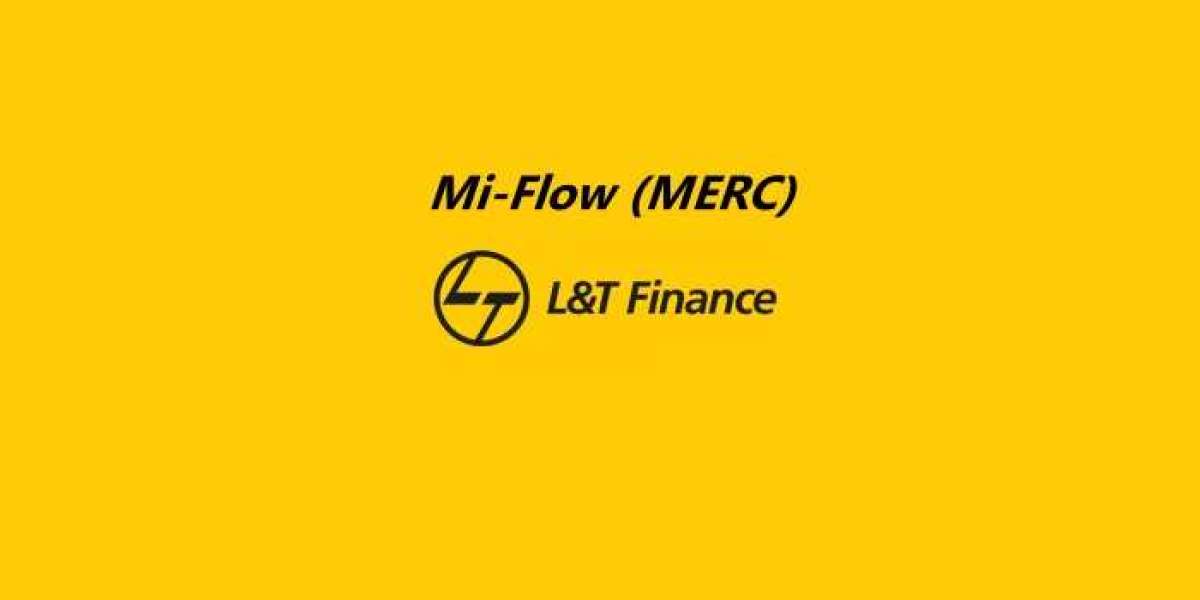The Miflow Collection, renowned for its exquisite craftsmanship and innovative designs, has a rich history that reflects the evolution of art, culture, and fashion over the decades. From its humble beginnings to its current status as a globally recognized brand, the journey of the Miflow Collection is a testament to the enduring appeal of timeless design and the power of creativity. This article delves into the historical evolution of the Miflow Collection, exploring the milestones, influences, and transformations that have shaped it into what it is today.
The Origins: A Visionary Beginning
The story of the Miflow Collection begins in the early 20th century, during a time of significant social and cultural change. Founded by the visionary designer Emily Miflow in 1923, the collection was initially a small boutique that specialized in handcrafted jewelry and accessories. Emily Miflow's unique approach to design, which blended traditional craftsmanship with modern aesthetics, quickly garnered attention from discerning customers.
Emily’s inspiration was drawn from her travels across Europe and Asia, where she studied various art forms, including Renaissance art, Japanese woodblock prints, and Persian miniatures. These influences were evident in her early pieces, which featured intricate detailing, vibrant colors, and a fusion of styles that set her work apart from other designers of the time.
The Expansion Era: 1940s to 1960s
The 1940s marked a period of expansion for the Miflow Collection. As the world recovered from the devastation of World War II, there was a renewed interest in luxury goods and personal adornment. The Miflow Collection capitalized on this trend by expanding its product line to include clothing and home décor items, in addition to jewelry.
During this time, the collection embraced the Art Deco movement, characterized by bold geometric patterns, rich colors, and the use of new materials like Bakelite and chrome. The Miflow Collection’s Art Deco-inspired pieces became highly sought after, especially among the elite and fashion-forward individuals. The brand’s reputation for quality and innovation grew, leading to the opening of new boutiques in major cities across Europe and North America.
The Modernization Phase: 1970s to 1980s
The 1970s and 1980s were a time of significant change for the Miflow Collection as it transitioned from a niche boutique brand to a mainstream luxury label. This period saw the introduction of mass production techniques, which allowed the brand to reach a broader audience without compromising on quality. The Miflow Collection also began to collaborate with high-profile designers and artists, further elevating its status in the fashion world.
One of the most notable collaborations was with the legendary fashion designer, Karl Lagerfeld, in the late 1970s. This partnership resulted in a series of limited-edition pieces that combined Lagerfeld’s avant-garde style with Miflow’s traditional craftsmanship. These collections were a critical and commercial success, cementing the brand’s position as a leader in the luxury market.
The 1980s also saw the introduction of the Miflow Collection’s first perfume line, which quickly became a bestseller. The brand’s ability to diversify its offerings while maintaining a cohesive identity was key to its continued success during this period.
The Globalization of Miflow: 1990s to 2000s
As the world entered the 1990s, the Miflow Collection embraced globalization, expanding its presence in emerging markets across Asia, the Middle East, and Latin America. This period was marked by the brand’s efforts to appeal to a more diverse customer base, incorporating elements of local cultures and traditions into its designs.
The Miflow Collection’s commitment to sustainability also began to take shape during this time. The brand introduced eco-friendly materials and ethical sourcing practices, responding to the growing demand for socially responsible luxury goods. This shift not only enhanced the brand’s reputation but also attracted a new generation of environmentally conscious consumers.
In addition to its environmental initiatives, the Miflow Collection also focused on digital innovation. The launch of the brand’s first e-commerce platform in the late 1990s allowed customers from around the world to access its products, further expanding its reach and influence.
The Contemporary Era: 2010s to Present
In the contemporary era, the Miflow Collection continues to evolve while staying true to its roots. The brand has embraced modern technology, using 3D printing and digital design tools to create new and innovative products. However, the core values of craftsmanship, quality, and artistic expression remain central to the Miflow Collection’s identity.
One of the most significant developments in recent years has been the brand’s commitment to inclusivity. The Miflow Collection has introduced gender-neutral designs and expanded its size range to cater to a broader audience. This move has been widely praised and has helped the brand stay relevant in an increasingly competitive market.
The Miflow Collection has also continued to collaborate with artists, designers, and cultural institutions, ensuring that its products remain at the forefront of contemporary design. These collaborations have resulted in a series of critically acclaimed collections that reflect the brand’s ongoing dedication to innovation and creativity.
Conclusion: A Legacy of Innovation and Timeless Design
The evolution of the Miflow Collection over time is a reflection of the broader changes in society, culture, and technology. From its origins as a small boutique in the 1920s to its current status as a global luxury brand, the Miflow Collection has consistently pushed the boundaries of design while remaining true to its core values.
The brand’s ability to adapt to changing trends and consumer demands has been key to its longevity and success. As the Miflow Collection continues to evolve, it is clear that its legacy of innovation, quality, and timeless design will endure for generations to come. Visit Trending Hub24 To get more information.














